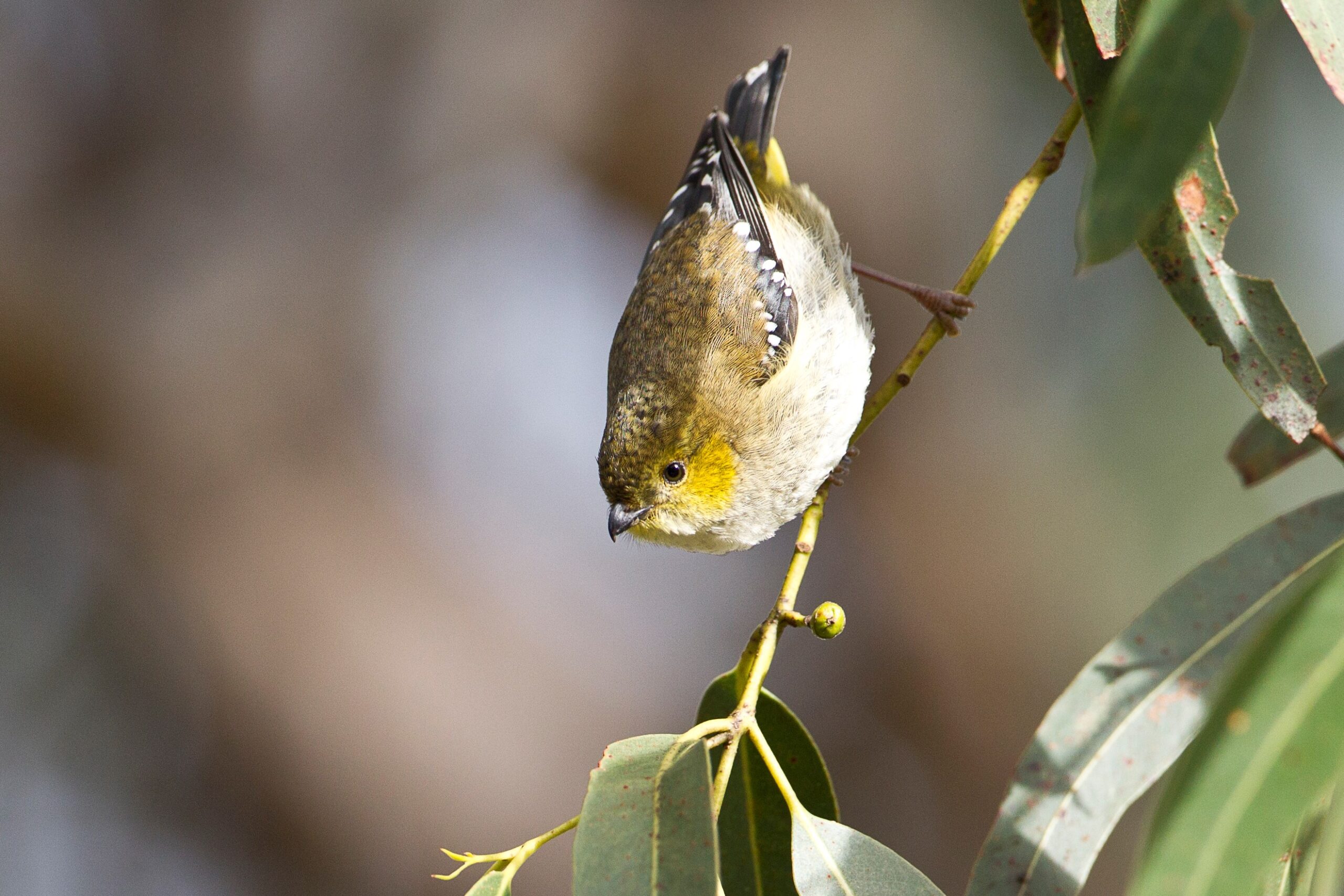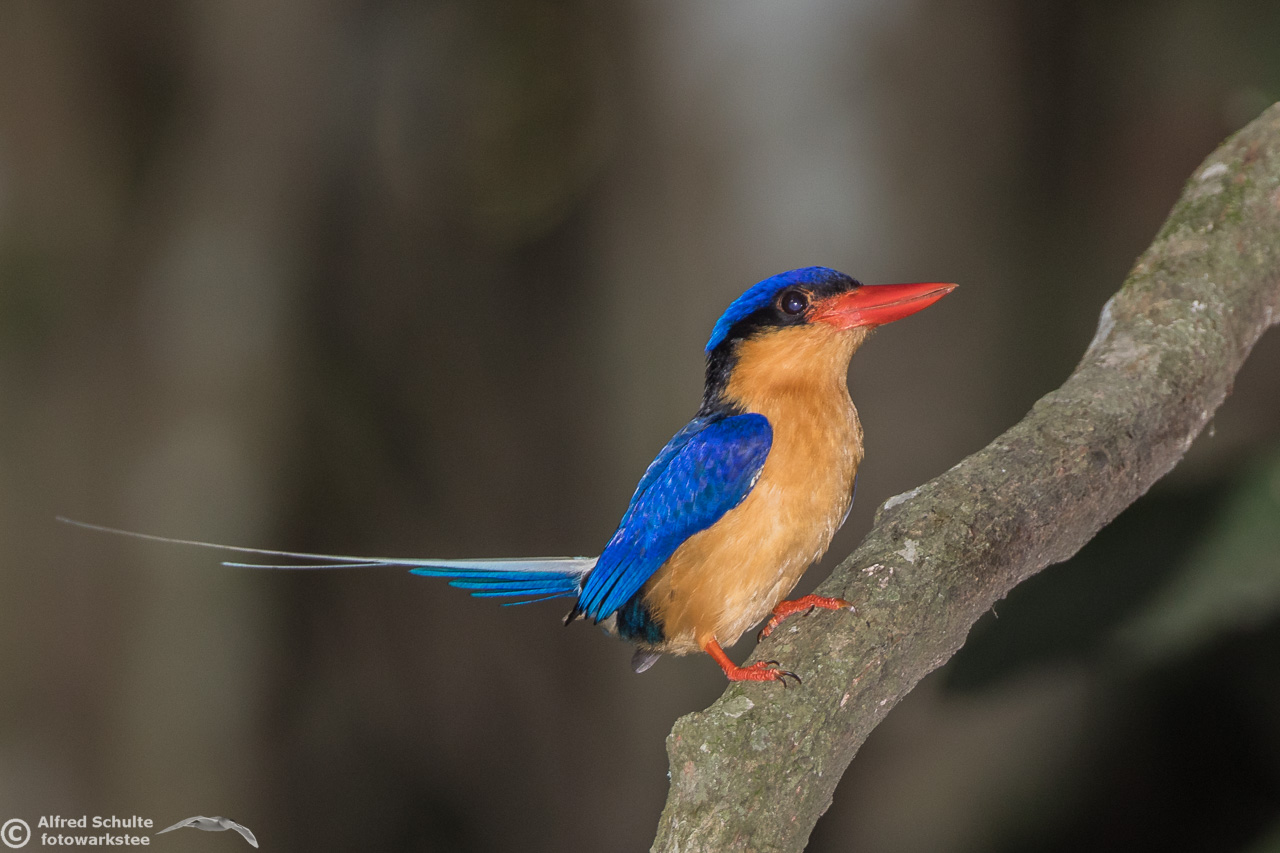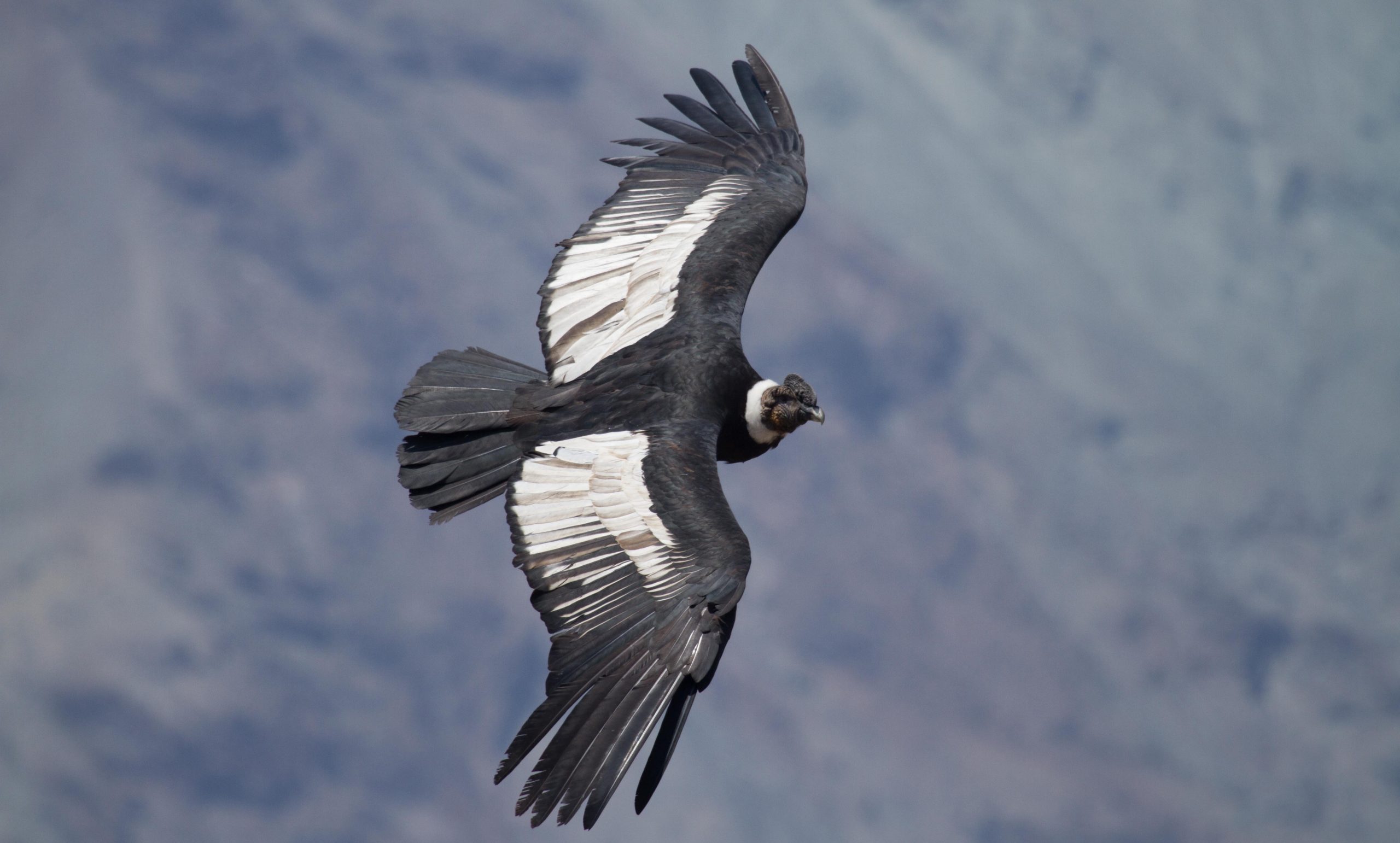Romania is a south-eastern European country bordered by the Black Sea to the east, Ukraine and Moldova to the north, Bulgaria to the south, and Serbia and Hungary to the west. The relatively inaccessible forested region of Transylvania, ringed by the Carpathian Mountains, is home to the greatest number of large carnivores (Brown Bear, Lynx and Wolf) in Europe. The extensive plains to the south and east, combined with the mighty Danube Delta which empties into the Black Sea within Romanian borders, support one of the highest diversities of bird species in Europe. The Romanian culture and buildings have also been preserved, including the medieval city of Sighisoara, and the many fortified churches and castles such as Bran Castle which has long been associated with the legend of Dracula.
This tour is one of our most popular international destinations and covers a great diversity of topography and geology designed to maximise our wildlife viewing opportunities. We include the alpine areas for species such as Alpine Marmot, Wallcreeper, Alpine Accentor and Ring Ouzel, the wild forests of Transylvania for large carnivores and raptors like Lesser-spotted Eagle, the Danube delta for a huge variety of waterbirds including White and Dalmatian Pelican, and the Black Sea for a variety of gulls and terns. We are once again offering this trip in late spring as soon as the Transfăgărașan Pass opens, so that we have further opportunities to see spring wildflowers.
We will be staying in comfortable en suite rooms in hotels and B&Bs throughout and will also have exclusive access to a floating hotel with en suite rooms in the delta of the Danube from which we will go out exploring the smaller channels in a boat.
Warm to hot.
We are holding the 2024 prices despite increases this year and offering a $500 per person discount for those choosing to join both the Bulgaria/Romania tours
This tour is designed to adjoin Inala Bulgaria 2025:
Highlights include:
* Pelicans, Pygmy Cormorant, Glossy Ibis, and other great waterside birds
* Stunning scenery in the Strandja, Sakar and Rhodope mountain ranges
* Eastern raptors including Imperial Eagle, Long-legged Buzzard and Levant Sparrowhawk
* Incredible variety of habitats from steppes to jagged mountain and extensive wetlands
* Westernmost Pied and Isabelline Wheatear, Rose-coloured Starling and Paddyfield Warbler
* Fantastic viewing of Griffon, Egyptian and Black Vultures plus eagles at feeding tables
* Amazing variety of butterflies and dragonflies, good selection of reptiles and other wildlife
* Historical towns with Ottoman style architecture and ancient Thracian archaeological sites
This tour is designed to adjoin Inala Bulgaria 2025:
Highlights include:
* Pelicans, Pygmy Cormorant, Glossy Ibis, and other great waterside birds
* Stunning scenery in the Strandja, Sakar and Rhodope mountain ranges
* Eastern raptors including Imperial Eagle, Long-legged Buzzard and Levant Sparrowhawk
* Incredible variety of habitats from steppes to jagged mountain and extensive wetlands
* Westernmost Pied and Isabelline Wheatear, Rose-coloured Starling and Paddyfield Warbler
* Fantastic viewing of Griffon, Egyptian and Black Vultures plus eagles at feeding tables
* Amazing variety of butterflies and dragonflies, good selection of reptiles and other wildlife
* Historical towns with Ottoman style architecture and ancient Thracian archaeological sites
Dalmatian Pelican, Pygmy Cormorant, Bearded Reedling, Syrian Woodpecker, European Brown Bear, Golden Jackal.
Details of where we will meet today will be advised once we have a better idea of participants’ travel plans, when we can arrange whether to meet at an airport en route or in Bucharest itself. This tour has been designed to adjoin our Bulgaria tour so if taking both sections, you will be flying from Sofia to Bucharest with Tonia today. Tonight, we will have a group welcome dinner this evening where we will have an introduction to the tour. Accommodation: Hotel in Bucharest (ensuite room). Meals included: D
We will leave Bucharest to travel to the bustling port city of Tulcea on the Danube Delta. The journey takes us through the fertile Romanian plain, an area of rich agricultural land dotted with small towns. We will get our first sight of the Danube today, crossing it on our way to Tulcea. The river has been a significant trade route since pre-Roman times, linking major cities across Europe, and in a few days, we will explore its many lakes and backwaters. En route to Tulcea, we will look for birds of open land, including birds of prey, which are abundant in Romania. Accommodation: Hotel in Tulcea (en suite rooms). Meals included: B, L, D.
Today we will explore the Dobrogea region (Parcheș and Măcin Mountains National Park) of Romania, which extends along the Black Sea coast from Ukraine to Bulgaria. During the day we will visit Parcheș, a 30-minute drive from Tulcea where we will have great views over the Delta. We can expect to see a large range of birds. Raptors include Long-legged Buzzard, Lesser Spotted Eagle and Marsh Harrier. We should also see European Suslik (Ground Squirrel) foraging over the grasslands. We will also visit the Măcin Mountains (the oldest mountains in Europe). These granite ranges were pushed up during the continental collisions that formed Pangea (around 300-400 million years ago). The steppe here is dotted with Oriental Hornbeam (Carpinus orientalis) and the lower slopes of the mountains are covered in oak forest. Here we will look for interesting species like Long-legged Buzzard, Isabelline Wheatear, Rock Thrush, Ortolan Bunting, Corn Bunting and Hoopoe. The scenery here is also wonderful. Accommodation: Hotel in Tulcea (en suite rooms). Meals included: B, L, D.
After breakfast we will travel to the Babadag Forest where several species of woodpeckers, Hawfinches and raptors such as Honey Buzzard and Imperial Eagle are commonly seen, as well as many rare plant species. If we are lucky, we may also see Spur-thighed Tortoise (Testudo graeca) grazing on the vegetation here. The Sinoe-Razelm lake complex lies to the south of the Danube Delta. An extensive sand spit has isolated the area from the Black Sea and has left behind a series of shallow, brackish lakes, which are extremely rich in birds, including Sandwich, Caspian and Gull-billed Tern, Little Gull, Pied Avocet, Ruff, Little and Temminck's Stint, and Common Shelduck and a selection of plovers and sandpipers. Our main stop (for lunch) will be at Histria, where there is a large salt marsh containing scattered pools. Herons and ducks can be seen in large numbers, Acrocephalus warblers can be seen quite well here, in addition to Balkan yellow wagtail and numerous waders. This is also the main feeding area for the small delta population of Dalmatian Pelicans. A variety of wildflowers should also be seen. We will have time to walk across the marsh to the ancient Greek-Roman port of Histria, located on the western coast of the Black Sea and the first urban settlement on Romanian territory founded in the 7th century BC. It was under Roman rule from the 1st to 3rd centuries AD. Invasions during the 7th century AD rendered it indefensible, and the city was abandoned. We will transfer to our floating hotel on the Danube Delta, where we will spend the next 5 nights (we have sole use of the whole boat). Accommodation: Floating hotel on the Danube Delta (en suite rooms). Meals included: B, L, D
During these days we’ll explore the Danube Delta with its narrow reed- and waterlily-lined channels and lakes, bird colonies, reed beds and large willow forests. You will have the chance to see colonies of White Pelican, Dalmatian Pelican and Cormorants (including Pygmy Cormorant), Grebes, many Locustella and Acrocephalus warblers (including Savi's, Sedge, Paddyfield, Moustached, Marsh, Reed, Great Reed warbler), egrets, herons, Common Sandpipers, Green Sandpipers and Greenshanks, Kingfishers, Penduline Tits and other reed bed species (including Little Bittern). Raptors will include frequent sightings of Marsh Harriers whilst the Red-footed Falcons will be seen in small groups hunting insects. There is also a chance of locating one of the ten breeding pairs of White-tailed Eagles that live here. Frogs are abundant on the vegetation in the water and channel edges and Grass Snakes can be seen swimming in the channels. Golden Jackal may also be spotted along the shoreline. On one of these days, we’ll travel by boat to Letea Forest, a strictly protected area of Balkan oak (Quercus pedunculiflora) woodland on maritime sand dunes. This area is the oldest natural reservation in Romania, established in 1938 and covering approximately 2,825 hectares. This forest was the initial foundation of the Danube Delta Biosphere Reserve, which has been declared a World Heritage Site. It was internationally recognized as a Biosphere Reserve under UNESCO's Man and the Biosphere Program in 1992. We will travel around by horse and cart driven by one of the local residents; this will be a good day for finding a variety of mammals, lizards and birds. The flora is also amazing, with many endemic species of trees and flowering plants. We will also visit a few traditional villages from the Delta, such as Letea village. Accommodation: Floating hotel on the Danube delta (en suite rooms). Meals included: B, L, D each day.
From Tulcea, we head west to Transylvania and the Carpathian Mountains, a region of natural beauty and ancient legend. The area is known for its high diversity of mammals and plants. As we approach the mountains, big fields and orchards are replaced by smaller farms, where more traditional methods of agriculture are still employed. Sheep grazing takes place on the mountains in the warmer months, and we may have to pause while flocks are herded along mountain roads by shepherds and their shaggy-coated dogs. The flora changes with elevation, and during our stay in the Carpathians, we will explore foothill woodlands dominated by hornbeam and oak, mountain slopes with beech and conifers, and peaks with alpine meadows. Accommodation: Guesthouse in Vulcan (en suite rooms). Meals included: B,L,D.
We will spend two days in the Gorges of Zărnești in the Piatra Craiului (Kingstone Mountains) National Park tracking large carnivores and visiting the ancient Spruce, Fir and Beech woods. Bear and deer tracks are almost always seen, and we will also look for traces of wolf and wildcat/lynx. A large variety of birds are also found here, including Wallcreeper, Tree Creeper, Alpine Swift, Crag Martin, Serine, Crossbills, Black Woodpecker, White-backed Woodpecker, Honey Buzzard etc. On both evenings, we will visit a bear hide located in the forest where we will have the chance to watch the bears and other species such as Wild Boar from the shelter of a small hut. We will also be hopeful of seeing Eurasian Wolf and Eurasian Lynx. Accommodation: Guesthouse in Vulcan (en suite rooms) as for last night. Meals included: B, L, D.
Today will visit Sighișoara, the birthplace of Vlad III, who is better known by the epithets Vlad the Impaler or Vlad Dracula. Sighișoara has its origins in Roman times. It still stands as one of the most beautiful and best-preserved medieval towns in Europe and has been designated as a World Heritage Site by UNESCO. Sighișoara played an important strategic and commercial role at the edges of Central Europe for several centuries and became one of the most important cities of Transylvania, with artisans from throughout the Holy Roman Empire visiting the settlement. The German artisans and craftsmen dominated the urban economy, and also built the fortifications to protect it. In the afternoon we will visit Bran Castle which has been associated with the Dracula legend. Bird species we should see on the way include Lesser Spotted Eagle, Northern Shrike (formerly Great Grey Shrike), Red-backed Shrike, and White Storks nesting in some of the townships. After this, we will travel to the city of Sibiu. Built in the 12th century by German settlers known as Transylvanian Saxons, the riches amassed by Sibiu's guilds paid for the construction of both impressive buildings and the fortifications required to protect them. Sections of the medieval wall still guard the historic area, where narrow streets pass steep-roofed 17th century buildings with gable overhangs before opening into vast, church-dominated squares. Accommodation: Hotel in Sibiu (en suite rooms). Meals included: B, L, D.
After breakfast, we will cross the mountains on the Transfăgărașan road, built in the early 1970s by Nicolae Ceaușescu as a response to the 1968 invasion of Czechoslovakia by the Soviet Union. The road climbs to an altitude of 2,042 metres, making it the second highest mountain pass in Romania after the Transalpina and offers great chances for Wallcreeper, raptors and other mountain bird species such as Ring Ouzel and Alpine Accentor. Mammal-wise we can observe Alpine Marmots and Chamois at the highest altitudes. A profusion of alpine flora such as Gentians, Wild Pansy and Wolfsbane should be observed growing amongst the rocks. We leave Transylvania through the Lake Balea Tunnel and head to Vidraru Lake, which lies in the shadow of the Făgăraș Mountains. This artificial lake was created in 1965 by the construction of the Vidraru Dam on the Argeș River and a village still lies submerged beneath its waters. We will take a late afternoon cruise on the lake. Accommodation: Hotel next to Vidraru Lake (en suite rooms). Meals included: B, L, D.
We will leave Vidraru Lake in the morning to travel back to Bucharest. On the way down the mountains from Vidraru Lake, we will pass Poenari Castle, one of the fortresses of Vlad III. This abandoned 13th century castle was repaired in the 15th century by Vlad, who realized the potential for a fortress perched high on a steep rock precipice. The castle once again fell into disrepair after his death and only the ruins of the walls and towers stand today. En route to Bucharest, we will visit the spectacular marble and sandstone Curtea de Argeş cathedral, built in the early 16th century, when Wallachia was an independent territory under Prince Neagoe Basarab.. In the afternoon we will visit features of interest in Bucharest, including the Palace of the Parliament, the seat of Romanian government. Ordered by Ceausescu in 1984, the Palace took 13 years to build; the interior still remains unfinished. It is the heaviest building in the world and the second largest administrative building. (Only the Pentagon is larger.) The Palace extends eight storeys underground and includes a nuclear bunker. We will also visit the National Village Museum, exploring its fascinating display of Romanian houses, churches and farm buildings, some of which date back to the early 19th Century. Accommodation: Hotel in Bucharest (en suite rooms). Meals included: B, L, D.
We transfer to Bucharest airport this morning for our departure flights to our various destinations. Accommodation: none. Meals included: B
14 nights’ accommodation at 3 to 4 star standard guesthouses and hotels in Bucharest, Tulcea, Vulcan, Sibiu, Vidraru Lake, and on the floating hotel on the Danube delta, specialist guide and transport on water and land, return transfers from/to Bucharest, all meals, entrance fees and activities as mentioned in the itinerary (including access to bear hides).
International and domestic airfares, alcoholic beverages, snacks, internet, gratuities, laundry or other items of a personal nature or activities not mentioned in the itinerary.
Please note:
Price: The above rates are based upon a group size of 6-12 people. If the tour does not achieve minimum numbers, we may offer you the option of continuing with a smaller group size at a small supplement (we would always discuss options with you beforehand).
Meals and drinks: Breakfast generally consists of a buffet-style breakfast with cereal, fruit and yoghurt, and tea/coffee, usually with a selection of meats and cheeses. A full-cooked breakfast is not generally offered at most locations. Lunch will generally consist of a packed lunch-style meal eaten in the field, but we may sometimes eat at a local cafe. Dinner usually consists of several options for the main with the choice of either an appetiser or dessert although sometimes three-course meals are available. Drinks (soft and alcoholic) are generally not included but at lunches and breakfasts, juice may be made available.
The itinerary: Whilst we aim to follow the itinerary as planned, please note that the itinerary provided should only be used as a guideline. Depending on individual trip circumstances, weather, and local information, the exact itinerary may not be strictly adhered to. The guides reserve the right to make changes to the itinerary as they see fit.
Mobility: This tour is suitable for a range of activity levels and there are options for joining some walks and for more relaxed touring nearer the vehicle if you prefer.
There are terms and conditions relating to payments, cancellations, refunds, insurance and responsibility for our tours.






Inala Nature
320 Cloudy Bay Road, Lunawanna
South Bruny Island 7150
Tasmania, Australia
Travel Vault policy certificate number:
EV2203UKFI0166
Phone: +61 3 6293 1217
Inala Nature acknowledge and pay respects to the palawa people as the traditional and original owners, and continuing custodians of this land, lutruwita, and acknowledges Elders - past and present. Inala Nature Tours and the Inala Foundation Inc are located on lunawanna- alonnah, also known as Bruny Island, the traditional land of the Nuenonne people.